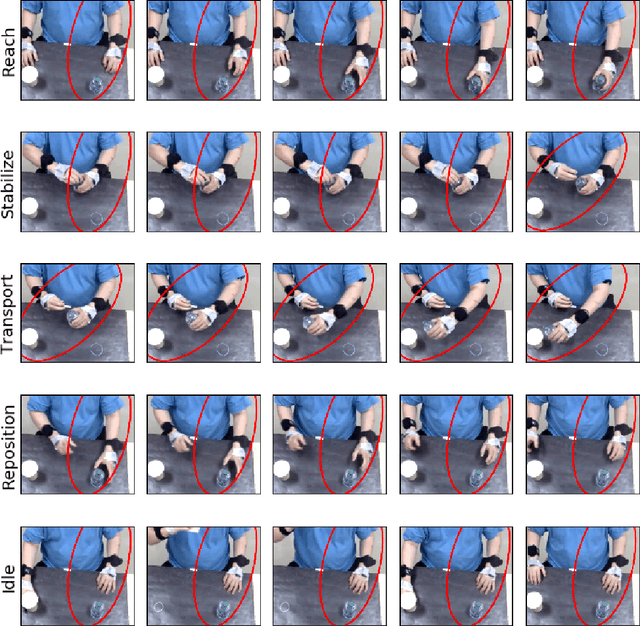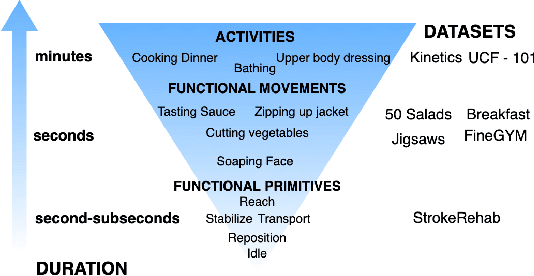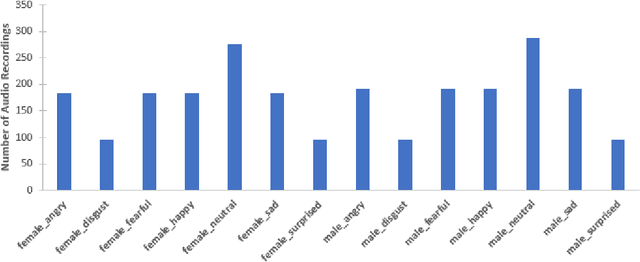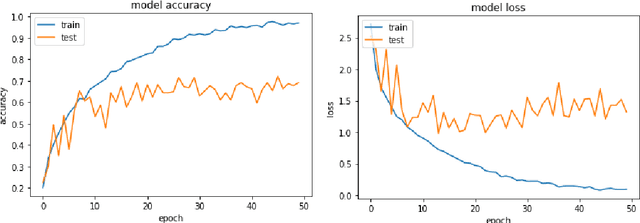Haresh Rengaraj Rajamohan
Modified Risk Formulation for Improving the Prediction of Knee Osteoarthritis Progression
Jun 14, 2024Abstract:Current methods for predicting osteoarthritis (OA) outcomes do not incorporate disease specific prior knowledge to improve the outcome prediction models. We developed a novel approach that effectively uses consecutive imaging studies to improve OA outcome predictions by incorporating an OA severity constraint. This constraint ensures that the risk of OA for a knee should either increase or remain the same over time. DL models were trained to predict TKR within multiple time periods (1 year, 2 years, and 4 years) using knee radiographs and MRI scans. Models with and without the risk constraint were evaluated using the area under the receiver operator curve (AUROC) and the area under the precision recall curve (AUPRC) analysis. The novel RiskFORM2 method, leveraging a dual model risk constraint architecture, demonstrated superior performance, yielding an AUROC of 0.87 and AUPRC of 0.47 for 1 year TKR prediction on the OAI radiograph test set, a marked improvement over the 0.79 AUROC and 0.34 AUPRC of the baseline approach. The performance advantage extended to longer followup periods, with RiskFORM2 maintaining a high AUROC of 0.86 and AUPRC of 0.75 in predicting TKR within 4 years. Additionally, when generalizing to the external MOST radiograph test set, RiskFORM2 generalized better with an AUROC of 0.77 and AUPRC of 0.25 for 1 year predictions, which was higher than the 0.71 AUROC and 0.19 AUPRC of the baseline approach. In the MRI test sets, similar patterns emerged, with RiskFORM2 outperforming the baseline approach consistently. However, RiskFORM1 exhibited the highest AUROC of 0.86 and AUPRC of 0.72 for 4 year predictions on the OAI set.
MR-Transformer: Vision Transformer for Total Knee Replacement Prediction Using Magnetic Resonance Imaging
May 05, 2024Abstract:A transformer-based deep learning model, MR-Transformer, was developed for total knee replacement (TKR) prediction using magnetic resonance imaging (MRI). The model incorporates the ImageNet pre-training and captures three-dimensional (3D) spatial correlation from the MR images. The performance of the proposed model was compared to existing state-of-the-art deep learning models for knee injury diagnosis using MRI. Knee MR scans of four different tissue contrasts from the Osteoarthritis Initiative and Multicenter Osteoarthritis Study databases were utilized in the study. Experimental results demonstrated the state-of-the-art performance of the proposed model on TKR prediction using MRI.
Sequence-to-Sequence Modeling for Action Identification at High Temporal Resolution
Nov 03, 2021



Abstract:Automatic action identification from video and kinematic data is an important machine learning problem with applications ranging from robotics to smart health. Most existing works focus on identifying coarse actions such as running, climbing, or cutting a vegetable, which have relatively long durations. This is an important limitation for applications that require the identification of subtle motions at high temporal resolution. For example, in stroke recovery, quantifying rehabilitation dose requires differentiating motions with sub-second durations. Our goal is to bridge this gap. To this end, we introduce a large-scale, multimodal dataset, StrokeRehab, as a new action-recognition benchmark that includes subtle short-duration actions labeled at a high temporal resolution. These short-duration actions are called functional primitives, and consist of reaches, transports, repositions, stabilizations, and idles. The dataset consists of high-quality Inertial Measurement Unit sensors and video data of 41 stroke-impaired patients performing activities of daily living like feeding, brushing teeth, etc. We show that current state-of-the-art models based on segmentation produce noisy predictions when applied to these data, which often leads to overcounting of actions. To address this, we propose a novel approach for high-resolution action identification, inspired by speech-recognition techniques, which is based on a sequence-to-sequence model that directly predicts the sequence of actions. This approach outperforms current state-of-the-art methods on the StrokeRehab dataset, as well as on the standard benchmark datasets 50Salads, Breakfast, and Jigsaws.
Emotion Recognition from Speech
Dec 22, 2019



Abstract:In this work, we conduct an extensive comparison of various approaches to speech based emotion recognition systems. The analyses were carried out on audio recordings from Ryerson Audio-Visual Database of Emotional Speech and Song (RAVDESS). After pre-processing the raw audio files, features such as Log-Mel Spectrogram, Mel-Frequency Cepstral Coefficients (MFCCs), pitch and energy were considered. The significance of these features for emotion classification was compared by applying methods such as Long Short Term Memory (LSTM), Convolutional Neural Networks (CNNs), Hidden Markov Models (HMMs) and Deep Neural Networks (DNNs). On the 14-class (2 genders x 7 emotions) classification task, an accuracy of 68% was achieved with a 4-layer 2 dimensional CNN using the Log-Mel Spectrogram features. We also observe that, in emotion recognition, the choice of audio features impacts the results much more than the model complexity.
 Add to Chrome
Add to Chrome Add to Firefox
Add to Firefox Add to Edge
Add to Edge